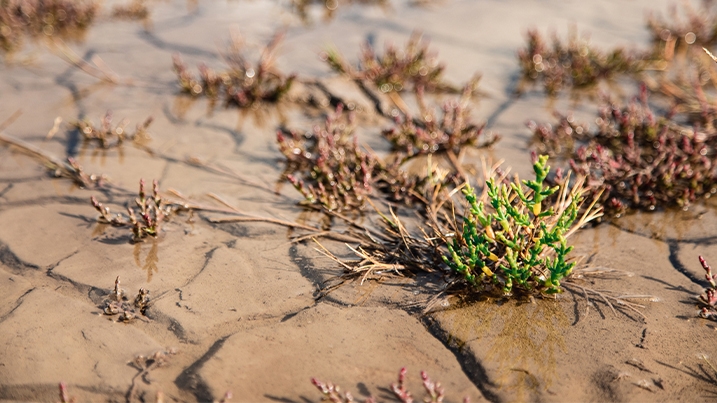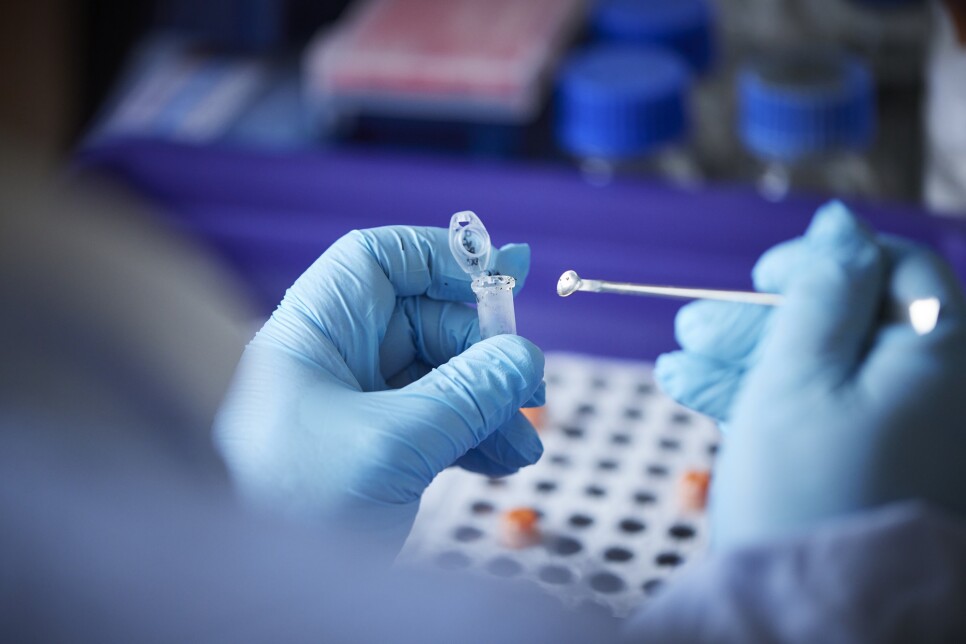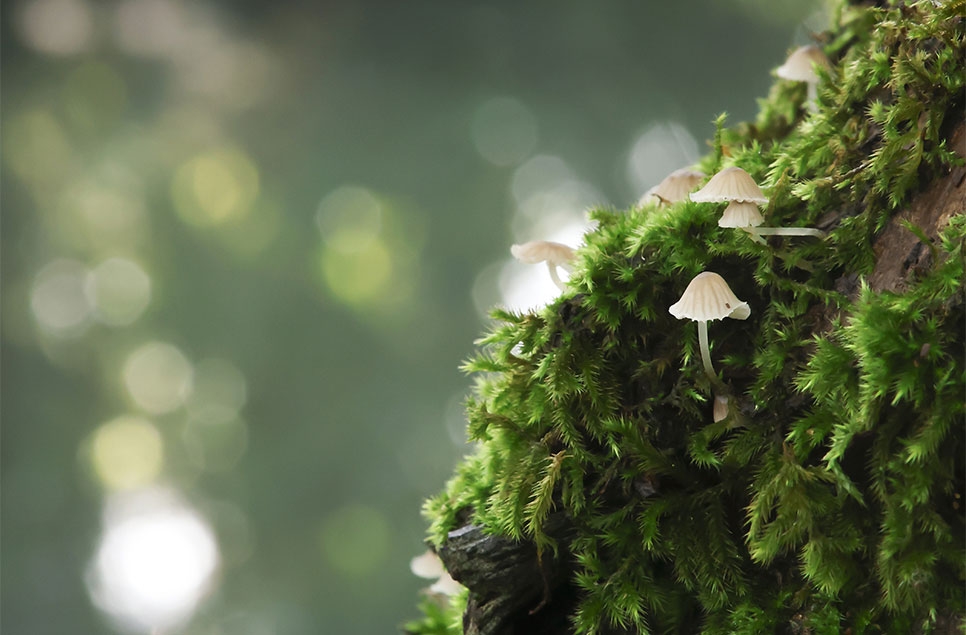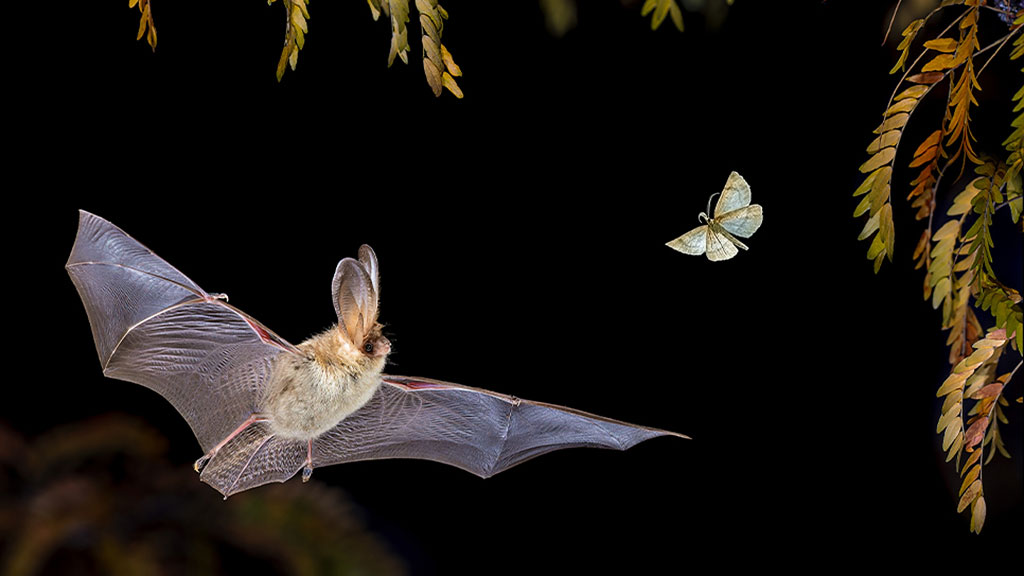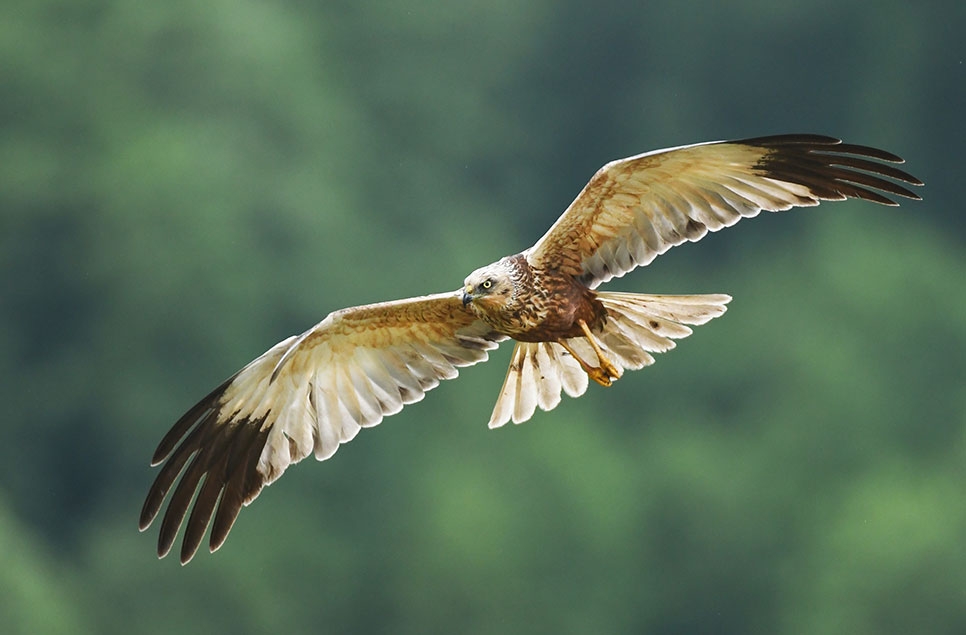7 superheroes of the saltmarsh
Discover the secret life of saltmarsh plants. These unsung heroes support wildlife, combat climate change and help protect our coasts.
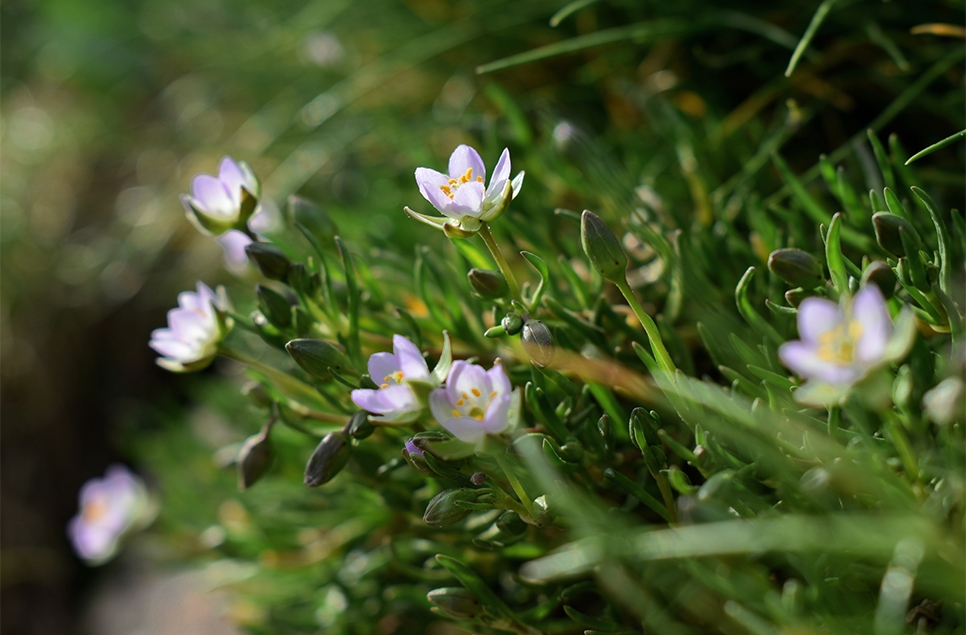
Saltmarsh plants have adapted to thrive in harsh conditions, where few other species can survive. Salt-tolerant and able to endure submersion in briny water, wind, sun and shifting tides, they’re perfectly suited to our coastal wetlands.
But these plants are more than just survivors, they’re essential for the health and stability of the saltmarsh itself. Their roots help anchor the soil, preventing erosion and creating a natural buffer that protects coastal areas from the worst impacts of storms and rising sea levels.
They play a critical role in water filtration too, helping to improve water quality by trapping pollutants and sediments. They absorb greenhouse gases, drawing carbon out of the atmosphere as they photosynthesise then locking it away under the mud as they are buried and decompose.
Saltmarsh supports a wide array of wildlife, providing food and shelter for insects, migratory birds and even grazing cattle. Some produce oil-rich seeds adapted to float in seawater, highly prized as a food source by many birds, others bloom from as early as February to as late as September, making saltmarshes a reliable source of nectar for pollinators.
Ready to get to know our saltmarsh superheroes?
1. Holy Grass
Holy Grass is known for its sweet, vanilla-like scent, particularly when dried or crushed. In some cultures, it was believed to be the first plant to cover the earth and symbolises the bond between people and nature. In some Native American traditions its long, glossy blades are braided and dried before being used in ceremonies, or to create traditional art.
Found across Eurasia and the Americas holy grass is a marshland species, particularly sensitive to pH and salinity meaning it is restricted to certain areas. It flowers early compared to other grasses and is resilient to fire, quickly regenerating from its root system after a blaze sweeps through. It is rare in the UK now, found only in a few places in Scotland – including WWT Caelaverock - and northern England, and only one place in Northern Ireland.
Superpower
Holy grass has been used in various cultural and religious ceremonies, particularly in northern Europe, where it was scattered on church floors and used as incense.
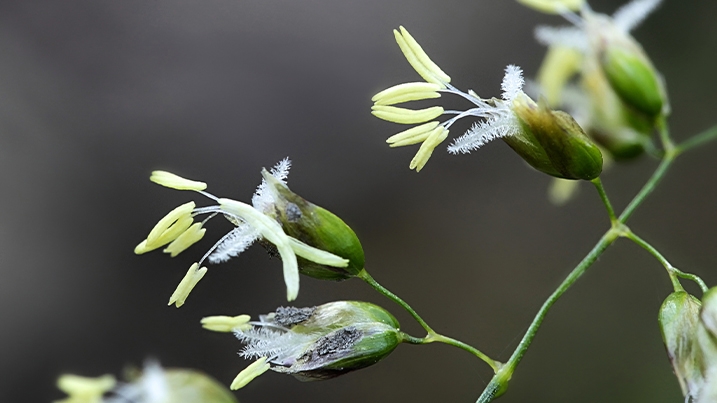
2. Sea arrowgrass
Sea arrowgrass may look unassuming at first glance, with its long, slender leaves and arrowhead-shaped tips, but it’s a powerhouse when it comes to nutrition and flavour, enjoyed by both humans and wildlife as a valuable food source.
The leaves of sea arrowgrass tastes just like coriander when eaten and their large, oily seeds are as valuable for foraging birds as they are perfectly adapted for floating off on the tides. They go to seed as late as September, allowing the highest autumn tides to carry their seeds far and wide on the waves.
Superpower
Sea arrowgrass is a plant of contrasts. For most species, most of the time it is harmless but in certain conditions it produces toxins. This adaption has developed to deter animals from grazing on it especially in conditions like drought when the plant is more vulnerable.
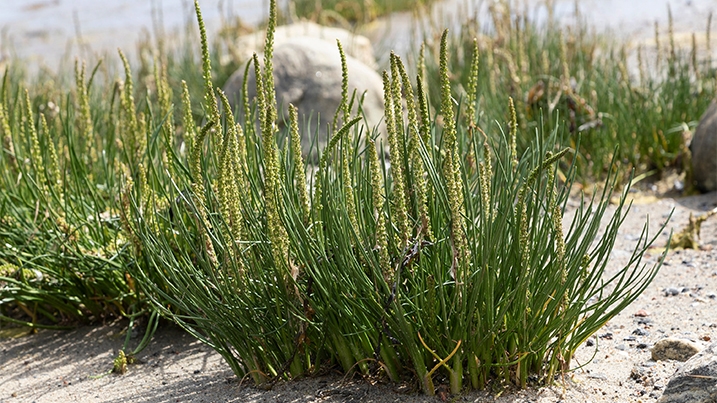
3. Sea plantain
This otherworldly plant thrives in the harsh, briny conditions of saltmarshes. Its thick, leathery leaves reduce water loss through evaporation and concentrate compounds that counteract the toxicity of salt within the plant.
This helps it absorb the tidal water that washes over it better than most other plants, and if it does absorb too much salt, it simply pumps it into its leaves and then drops them like a tree in the autumn.
Superpower
It has a rare ability to absorb and store heavy metals in its tissues, making it useful for cleaning up pollution in surrounding soil and water. It’s been shown to remove toxins such as copper, lead and cadmium.
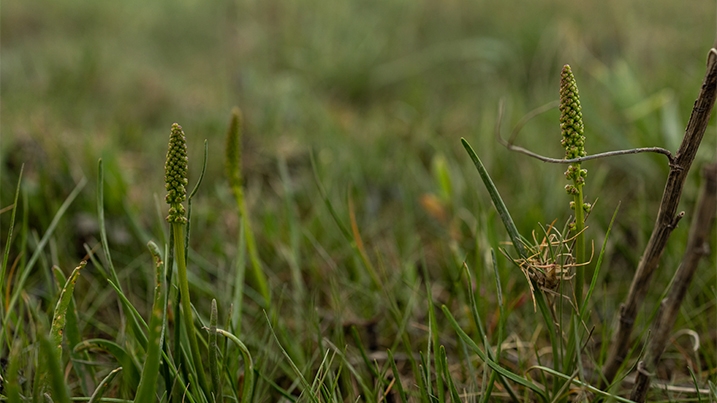
4. Sea milkwort
Where the land meets the sea, milkwort quietly thrives. This pretty coastal succulent is so called because its leaves are rich in moisture, almost like tiny sponges. With pink flowers it can be found in the upper regions of saltmarsh and is almost entirely coastal in the UK, flowering from May to September.
Its fleshy, succulent-like leaves store water, making it well-suited to the saltmarsh. While its growth is often low to the ground, it spreads across the upper marsh and any nearby dunes with its creeping stems, creating dense mats that help stabilise the soil and prevent erosion.
Superpower
This unassuming plant is an important part of the food web, offering food and shelter to various small invertebrates and supporting other wildlife.
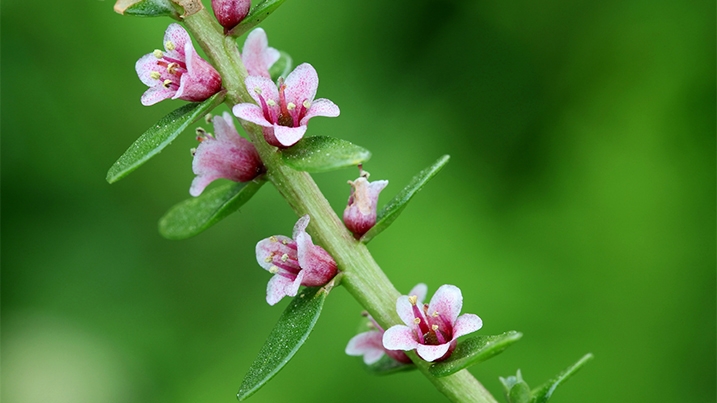
5. Lesser and greater sea spurrey
Amid the wild beauty of coastal saltmarshes, sea spurreys produce small, succulent-like leaves and delicate gem-like pink and purple flowers that barely reach a centimetre across. While it might seem delicate, it’s perfectly adapted to thrive in the salty, upper soils of saltmarshes, where few others can survive.
Its dense mats of growth help stabilise the marshland and its juicy leaves help it withstand periods of drought or being submerged in saltwater. Different varieties flower between June and September.
Superpower
Sea spurrey can excrete excess salt through specialised glands in its leaves, allowing it to thrive in habitats where other plants struggle.
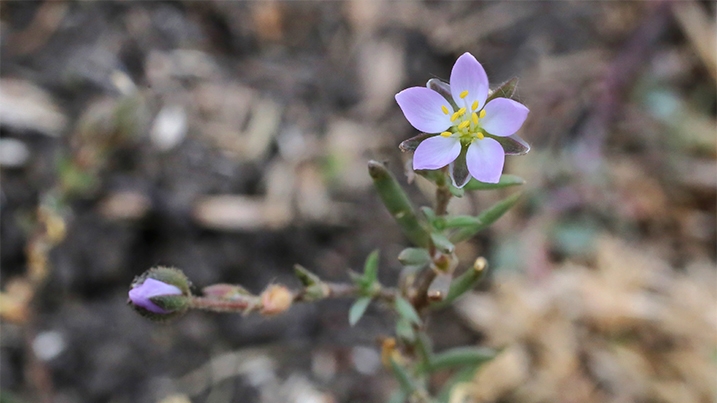
6. Sea lavender
Sea lavender is a saltmarsh superstar known for its soft purple flowers that bloom from summer right through to autumn. It brightens up salty, windswept marshes with its delicate blossoms, making the coast look like a sea of tiny purple stars.
Though not related to the garden lavender that many of us know, it shares a common superpower as a vital food source for bees and butterflies. People have long admired sea lavender’s beauty, often using its pretty, papery flowers in dried bouquets.
Superpower
By thriving in places where few other plants grow and blooming late in the year, sea lavender provides an essential food source for bees and butterflies.
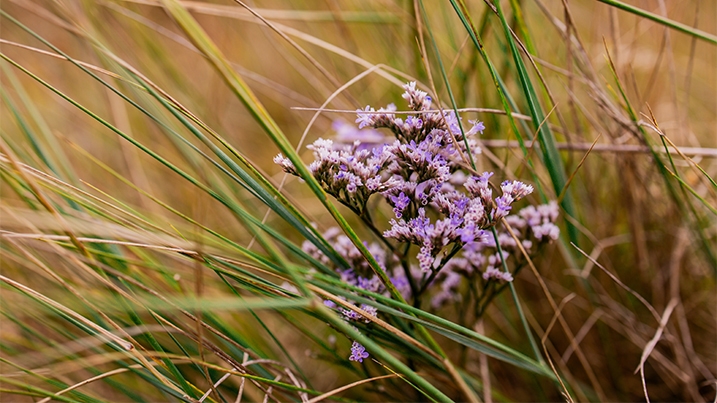
7. Marsh samphire
Well known for its bright green, crunchy stems that grow along salty shores and mud flats, samphire is probably the marsh plant you’re most likely to have come across. It’s a tasty, salty treat packed with vitamins and minerals, that is enjoyed by both people and wildlife.
It grows on saltmarsh and beaches in the UK, sometimes forming carpets that look like miniature forests. It’s particularly well-known along the estuary shorelines of Suffolk and Norfolk, where it’s foraged as a wild food. Samphire flowers from August to September.
Superpower
Marsh samphire is a type of succulent. This soft, juicy texture helps make it a foodie’s favourite. It can be easily identified as it turns from bright green in the summer to red in the winter.
